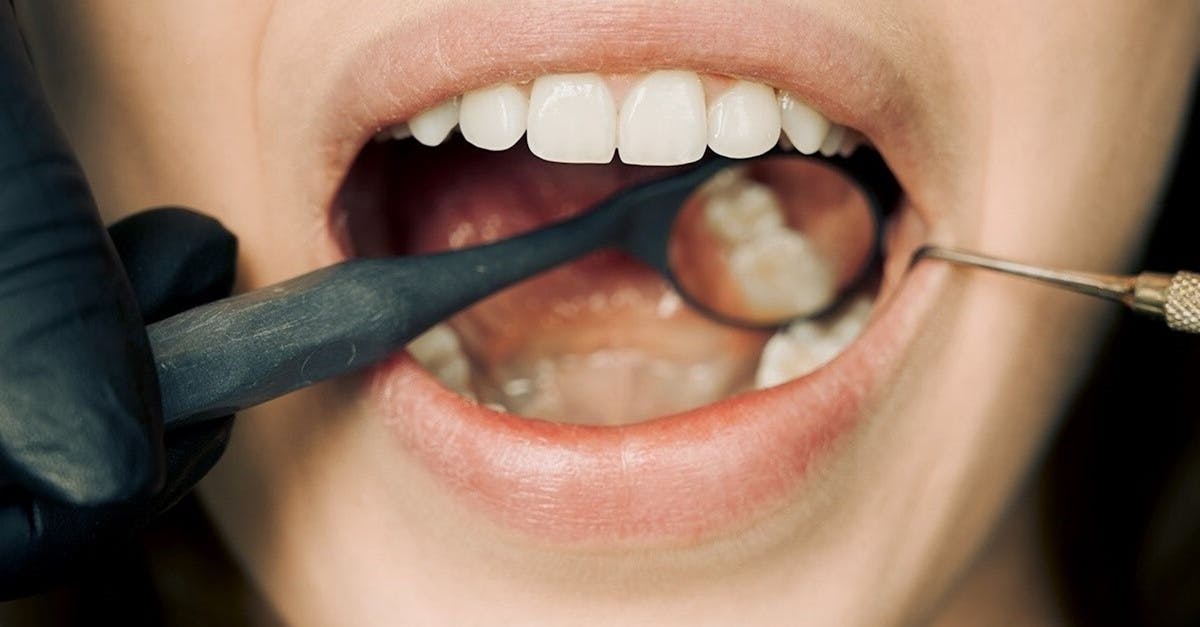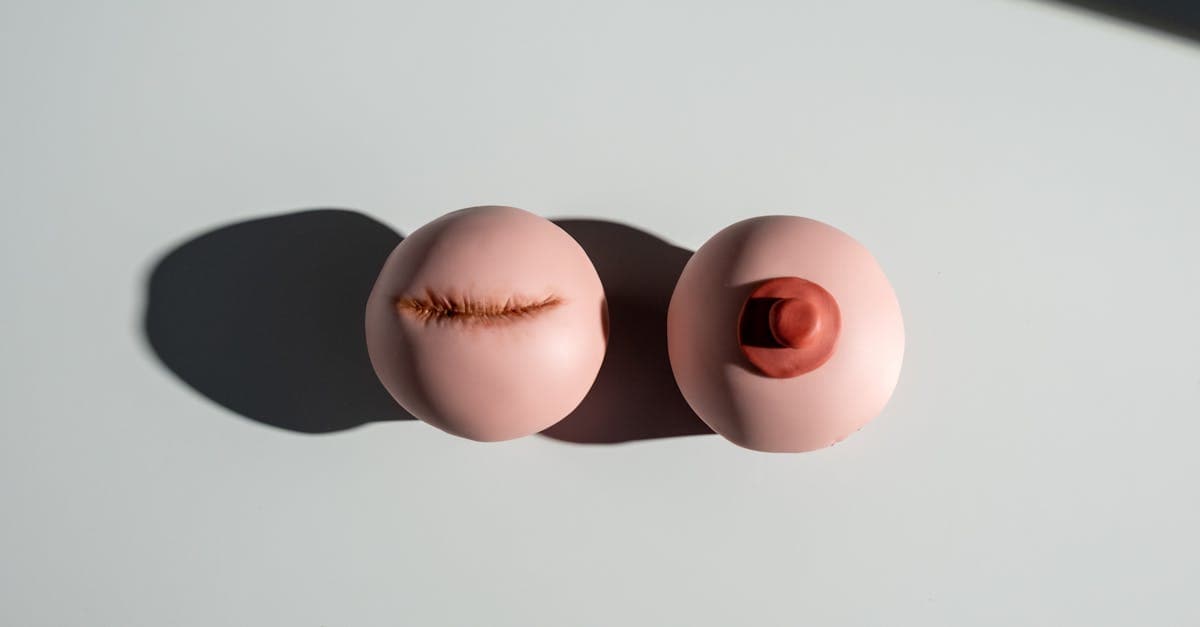Published on:
5 min read
Dental Crowns Demystified: Everything You Need to Know for a Radiant Smile
Dental crowns can be a game-changer for your oral health, transforming damaged teeth into beautiful smiles. In this post, we explore what dental crowns are, the different types available, and what to expect during the procedure.

What Are Dental Crowns?
Dental crowns, often referred to as caps, are custom-made covers that fit over a damaged or decayed tooth. They are designed to restore the tooth's shape, size, strength, and appearance. Made from various materials like porcelain, gold, or resin, crowns offer a lasting solution to protect and strengthen weakened teeth. They are often recommended for severe cavities, cracked teeth, or following root canal treatment. The process of getting a crown typically involves two visits - the first to prepare the tooth and the second to place the permanent crown. Understanding the purpose of dental crowns can help demystify their role in oral health.
Types of Dental Crowns
There are several types of dental crowns, each suited for different dental needs. Porcelain crowns are widely popular for their natural appearance, making them ideal for front teeth. Metal crowns, often made of gold or alloys, are durable and ideal for back teeth, where they can withstand chewing forces. Resin crowns offer a compromise between durability and aesthetics, and while less common, are used primarily for temporary solutions. Additionally, there are ceramic crowns that mimic the look of natural teeth quite well. Choosing the right type of crown depends on factors such as the location of the tooth, the extent of the damage, and the patient's personal preferences.
The Dental Crown Procedure
The procedure for getting a dental crown typically unfolds in two main visits. During the first appointment, the dentist will evaluate the tooth, take X-rays, and possibly perform any necessary repairs. They will then shape the tooth to prepare it for the crown and take impressions to create a custom fit. A temporary crown may be placed while you wait for the permanent one, which usually takes a couple of weeks to be crafted. Once the permanent crown is ready, the patient will return for the second visit, where the dentist will ensure the fit is perfect before bonding it to the tooth. Understanding what to expect can ease any anxiety related to the dental visit.
Conclusion: A Step Towards a Radiant Smile
In conclusion, dental crowns are an excellent solution for restoring the health and aesthetics of your teeth. By knowing what to expect and understanding the different types of crowns, you can make informed decisions about your oral health. Investing in dental crowns not only enhances your smile but also contributes to your overall well-being.
Published on .
Share now!










